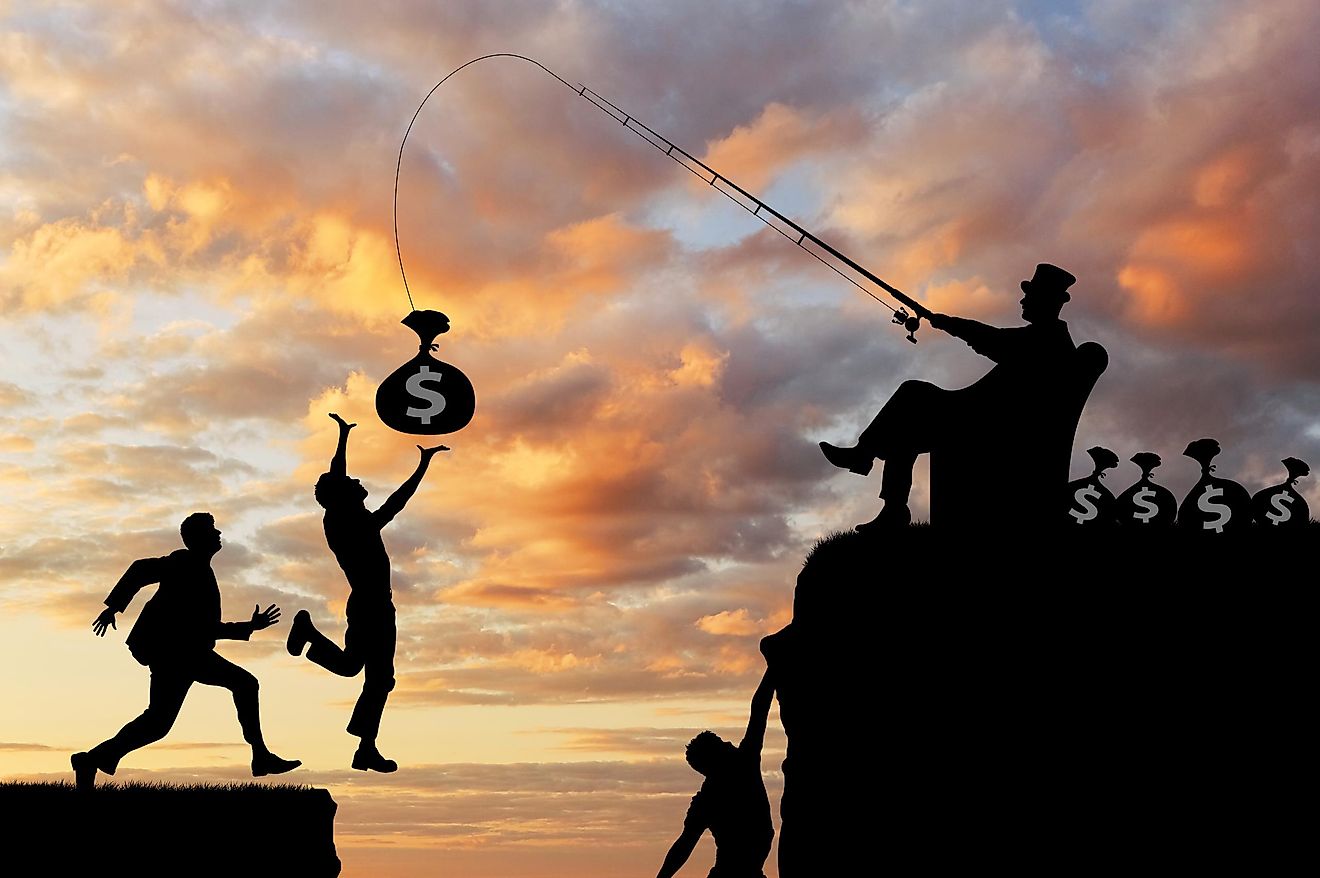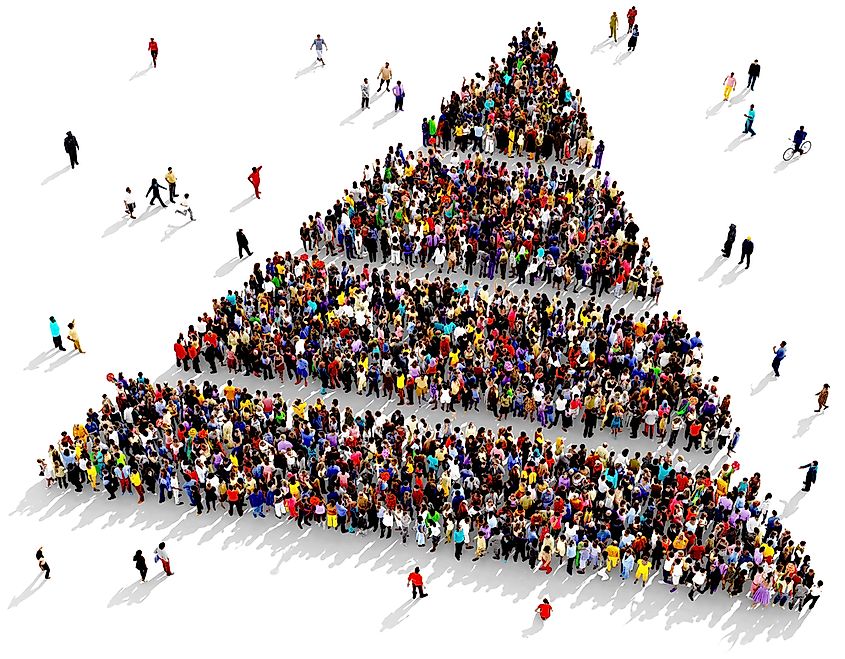Does The United States Have A Class System?

- Many believe that there are three main classes, the rich, the middle class, and the poor. However, some models are far more complex, and some offer up to a dozen classes.
- The members of various classes are grouped by their income, wealth, education, and occupation, but naturally, income and wealth are the most critical factors.
- The upper-middle-class consists of people that are highly educated and are considered professionals in their respective fields.
- The middle class consists largely of people that are college-educated and are working in white-collar industries.
- The lower middle class consists of people that are semi-professionals in their fields, the working class is mostly blue-collar workers, and the lower class contains people with low paying jobs and the unemployed.
The United States, like all other countries, does have a class system. The class system groups people by using their social status, mostly economic, and divides society into several groups. It is hard to determine how many groups, or classes, there are in the United States because there are conflicting theories about it.
Many believe that there are three main classes, the rich, the middle class, and the poor. However, some models are far more complex, and some offer up to a dozen classes. There are even people that disagree that there are classes in American society. However, this opinion is mostly invalidated because there is plenty of proof of a clear informal class system in the United States.
The members of various classes are grouped by their income, wealth, education, and occupation, but naturally, income and wealth are the most critical factors. Many experts believe that race also plays an essential role in this stratification system.
What Are the Classes In Our Society?
The upper-middle-class consists of people that are highly educated and are considered professionals in their respective fields. These people earn enough money and are often employed in well-paying jobs. They are considered privileged by most members of society. They are not as easy to define as the members of the upper class, as they make up for a significantly larger portion of society. Still, their numbers are far smaller than those of people in the lower classes.

The middle class consists largely of people that are college-educated and are working in white-collar industries. They often choose to help the underprivileged and are known to join in the fight for social justice. The class system in itself is corrupt because it gives the majority of goods to the smallest number of people, and it is something that needs to be changed if we expect our society to continue functioning normally.
The last three classes are also much harder to define because people can easily jump from one to the other. The lower middle class consists of people that are semi-professionals in their fields, the working class is mostly blue-collar workers, and the lower class contains people with low paying jobs and the unemployed. All of these people fluctuate between having a job and being unemployed, because the upper classes determine the workforce and the need for it, and in a way, they control the lives of the people that are stuck in the lower classes.
The Class System
The most commonly used class system was proposed by sociologists Dennis Gilbert, Joseph Hickey, William Thompson, and James Henslin. Their model divides society into six classes. The class that is highest on the ladder is the upper class, also known as the capitalist class. The upper-middle class follows it, then a middle class, with the lower middle class sitting on the fourth place of the stratification ladder. The working class comes next, and in the end, we have the lower class. This model gives us plenty of room to generally see how each class operates and places most people in a specific class easily.
The upper class consists of the richest and powerful people. In capitalist societies such as the United States, this class holds all power and can influence anything, including politics. Money is extremely important in these societies, so it makes sense that the people that have it in abundance hold positions of power. It is not rare to see people refer to the upper class as the 1% because the number of people in this group is the smallest. This makes the fact that they control the largest amounts of money even more disturbing.











